Le Lyonnais: DISCOVERY & BOOK
D/V Tenacious recently announced the discovery of the 1856 transatlantic passenger steamship Le Lyonnais. The liner collided with the American sailing vessel Adriatic off the Coast of Nantucket on November 2, 1856. Adriatic’s captain, Jonathan Durham, rendered no aid and left the passenger steamship to fend for herself. 114 people died in the collision and in the days that followed.
Durham did not count on a hero, French sailor Jean-Marie-Louis Choupault, who helped 18 Le Lyonnais passengers and crew adrift on a small lifeboat in the brutal North Atlantic. Durham continued with business as usual, including delivering a load of timber to France. French authorities seized his ship as damages and put him on trial, but his adventures did not end there. News of his daring escapades made Durham a celebrity in America. The outbreak of the Civil War ended further inquiry into what became known in diplomatic circles as “the Adriatic affair,” and the victims of the disaster never received justice.
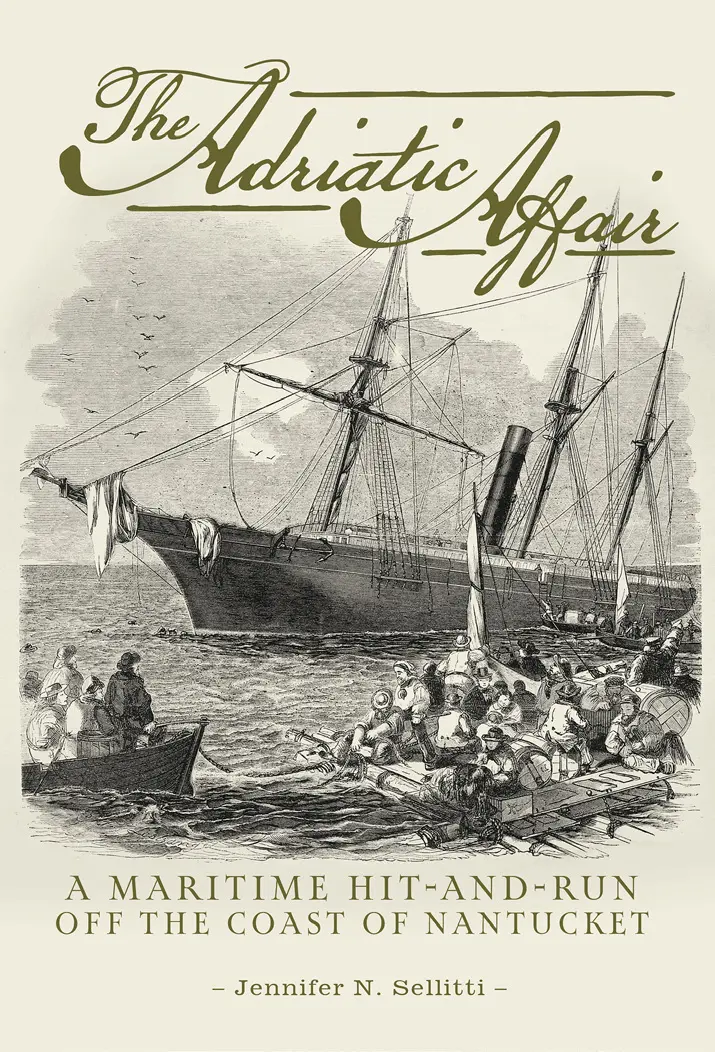
In August of 2024, after a search that spans decades, a team of explorers from D/V Tenacious discovered, dived, and identified the wreckage of Le Lyonnais of the coast of Nantucket on the eastern edge of Georges Bank.
Discovery team member Jennifer Sellitti has written a new book entitled The Adriatic Affair: A Maritime Hit-and-Run Off the Coast of Nantucket (Schiffer Publishing, $34.99, Hardcover), which details the fascinating true story of the collision and its aftermath. An epilogue she wrote following the team’s August 2024 discovery chronicles the search for Le Lyonnais and describes what it takes to chase shipwrecks far from shore in the often-punishing North Atlantic. The Adriatic Affair is now available for pre-order.

Le Lyonnais was built by Laird & Sons (now Cammel Laird) in 1855 for Compagnie Franco-Américaine. She was one of six ships built by Laird for Franco-Américaine to be used in transatlantic passenger and mail service. Le Lyonnais was built during a time when ships were making the transition from sail to steam. She was equipped with sails and a horizontal steam engine and is an early example of a passenger liner with two mid-Nineteenth century innovations: a screw propeller and an iron hull. Laird launched Le Lyonnais in January of 1856 and Franco-Américaine put her into service carrying cabin-class clientele and cargo between New York and Le Havre, France. On November 2, 1856, during her first return voyage to Le Havre from the Americas, she collided with the Maine built barque Adriatic, which was en route from Belfast, Maine to Savannah, Georgia. Adriatic left Le Lyonnais with holes in her hull that eventually overwhelmed the vessel. Adriatic was injured in the collision but remained afloat. Her crew assumed Le Lyonnais was uninjured because the steamship continued her course. Adriatic sailed to port for repairs. Le Lyonnais sank days later. Those who survivored endured ferocious storms, dehydration, starvation, and bitter cold. Only some lived to tell the tale of the collision and the ship's final moments.
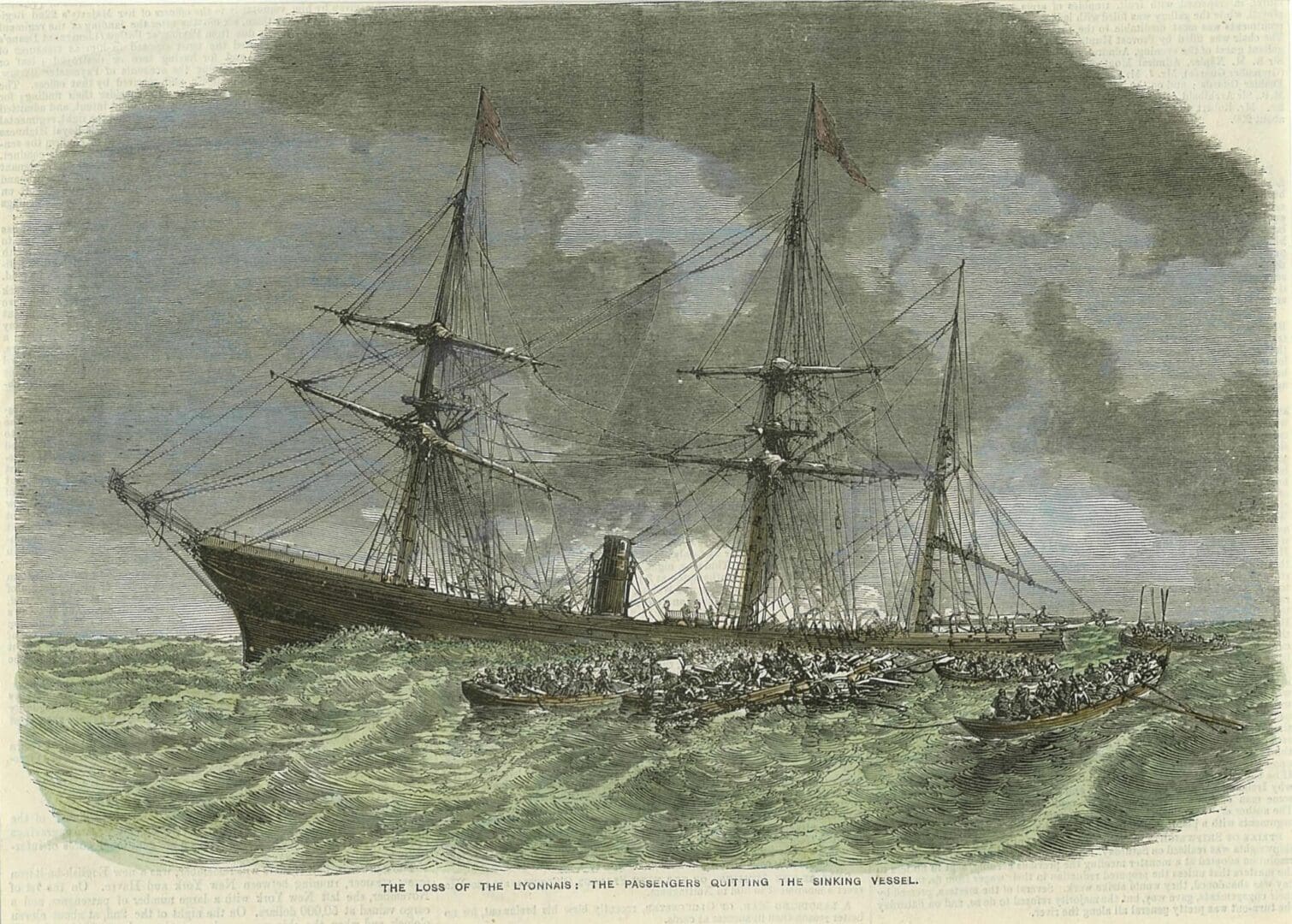
Shipwreck hunter Captain Eric Takakjian first searched for Le Lyonnais in the late 2000s. Captain Joe Mazraani and Sellitti of D/V Tenacious reignited the search in 2016 and spent eight years working with Takakjian to locate Le Lyonnais’s final resting place. The team side-scanned potential targets in 2022 and 2023 and, after reviewing the data, narrowed the search down to a series of potential candidates. The team returned to the search area on August 20-25, 2024, to dive targets, one of which was identified as Le Lyonnais. Members of the discovery team include Andrew Donn, Joe Mazraani, Kurt Mintell, Tom Packer, Jennifer Sellitti, Eric Takakjian, and Tim Whitehead. Francois Merle, Rick Simon, and Joseph St. Amand participated in earlier efforts.
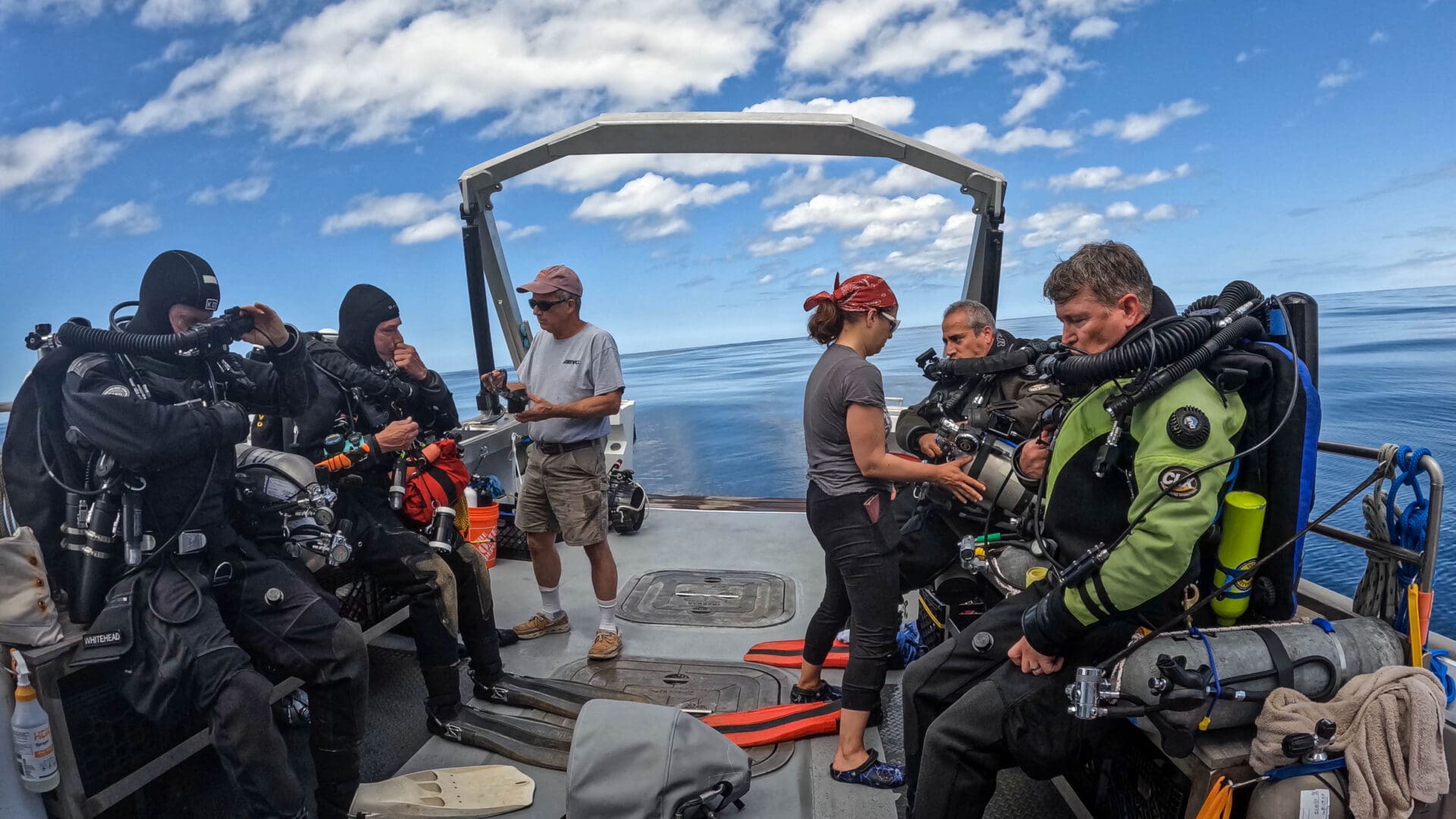
“Being one of the first French passenger steamships to have a regularly scheduled run crossing the Atlantic and an early transitional steamship make Le Lyonnais’s discovery significant,” said Takakjian. “Her iron hull construction methods represented some of the earliest examples of that type of hull construction for oceangoing ships known to exist. Similarly, her propulsion machinery is unique in that it represents one of several engine designs that were tried before precedents were set on ocean steamship machinery. Le Lyonnais’s direct acting horizontal engine predates inverted compound engines which became the norm shortly thereafter,” said Takakjian.
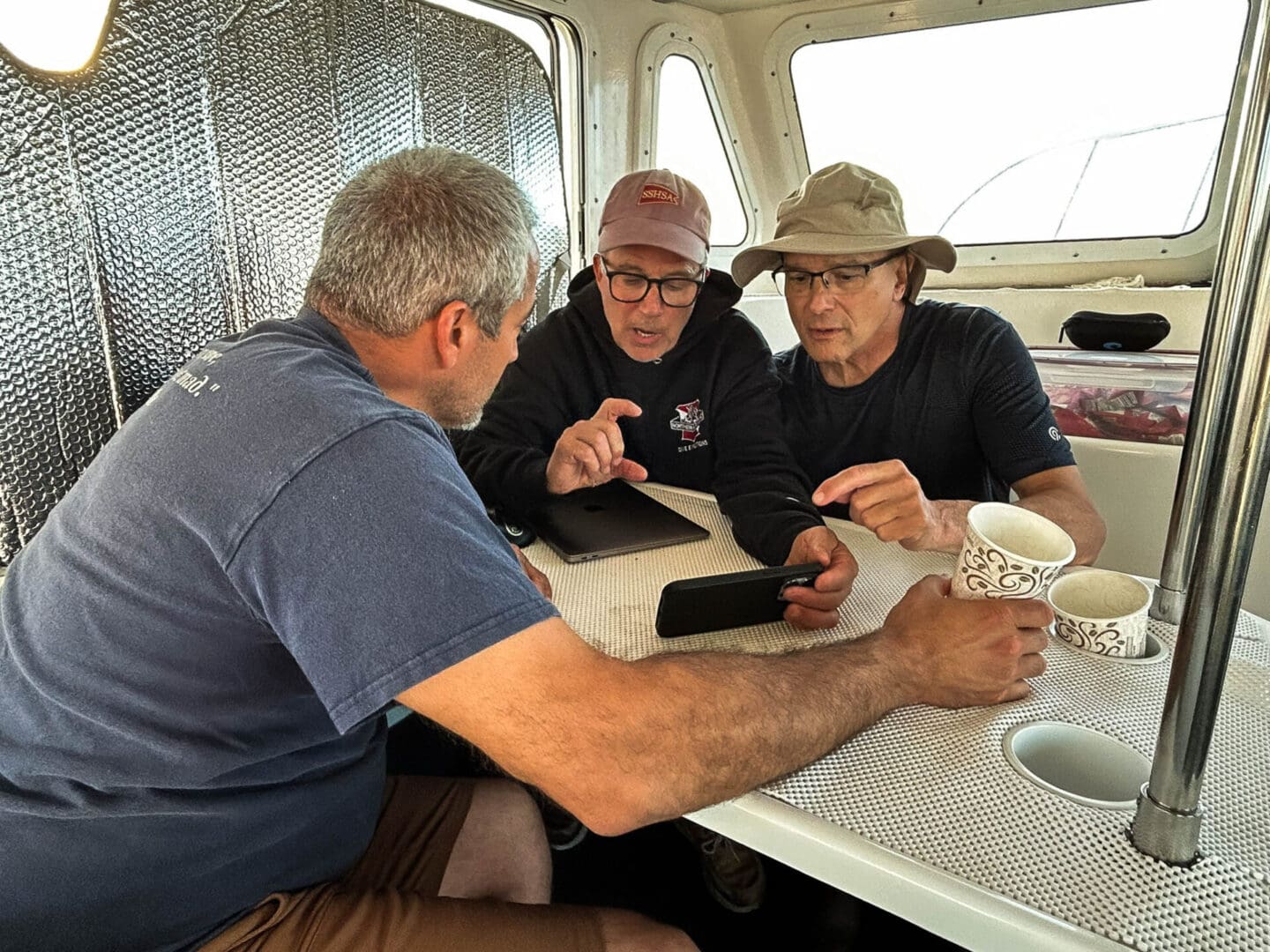
Divers Donn, Mazraani, Packer, and Whitehead made a total of thirteen dives to the wreck and took measurements and video. Donn, a diver/photographer who played a significant role in all three search expeditions, further documented the wreck with still photographs. The team reviewed the data topside and made a preliminary identification based on the ship’s size, location, iron plating, an examination of her portholes, and the presence of a unique steam engine.
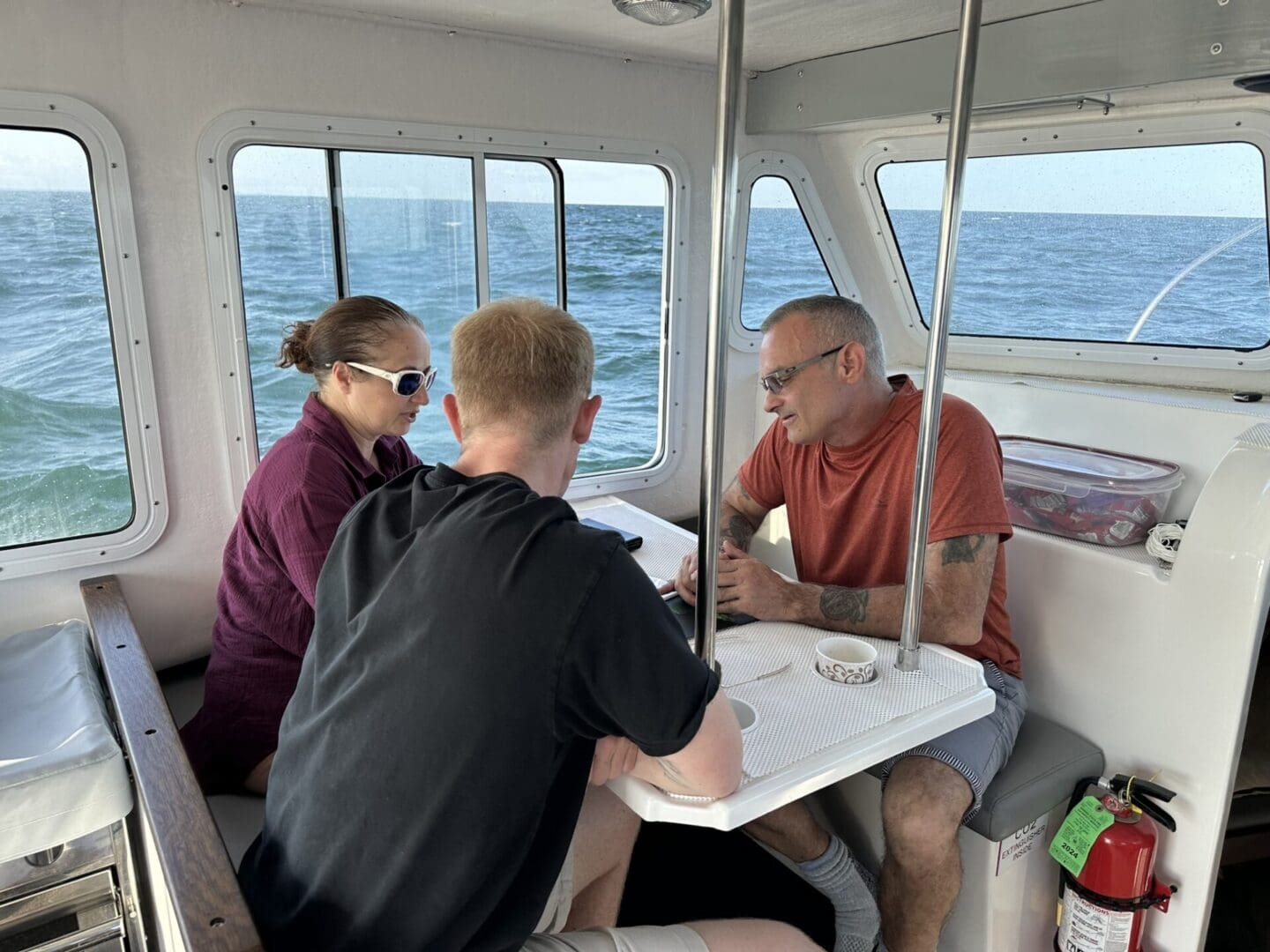
“One of the large cylinder heads pointed horizontally and not very high off the sand. Measuring that cylinder with my good friend and dive partner Tom Packer, we confirmed that it measured precisely 57 inches, the exact size for the cylinders on Le Lyonnais’s engine,” said Mazraani. “On a subsequent dive, I spotted a deadeye – a wooden block used in a ship’s rigging system. Those clues with the location, sonar data and measurements, further solidified that we were diving the lost French liner.”
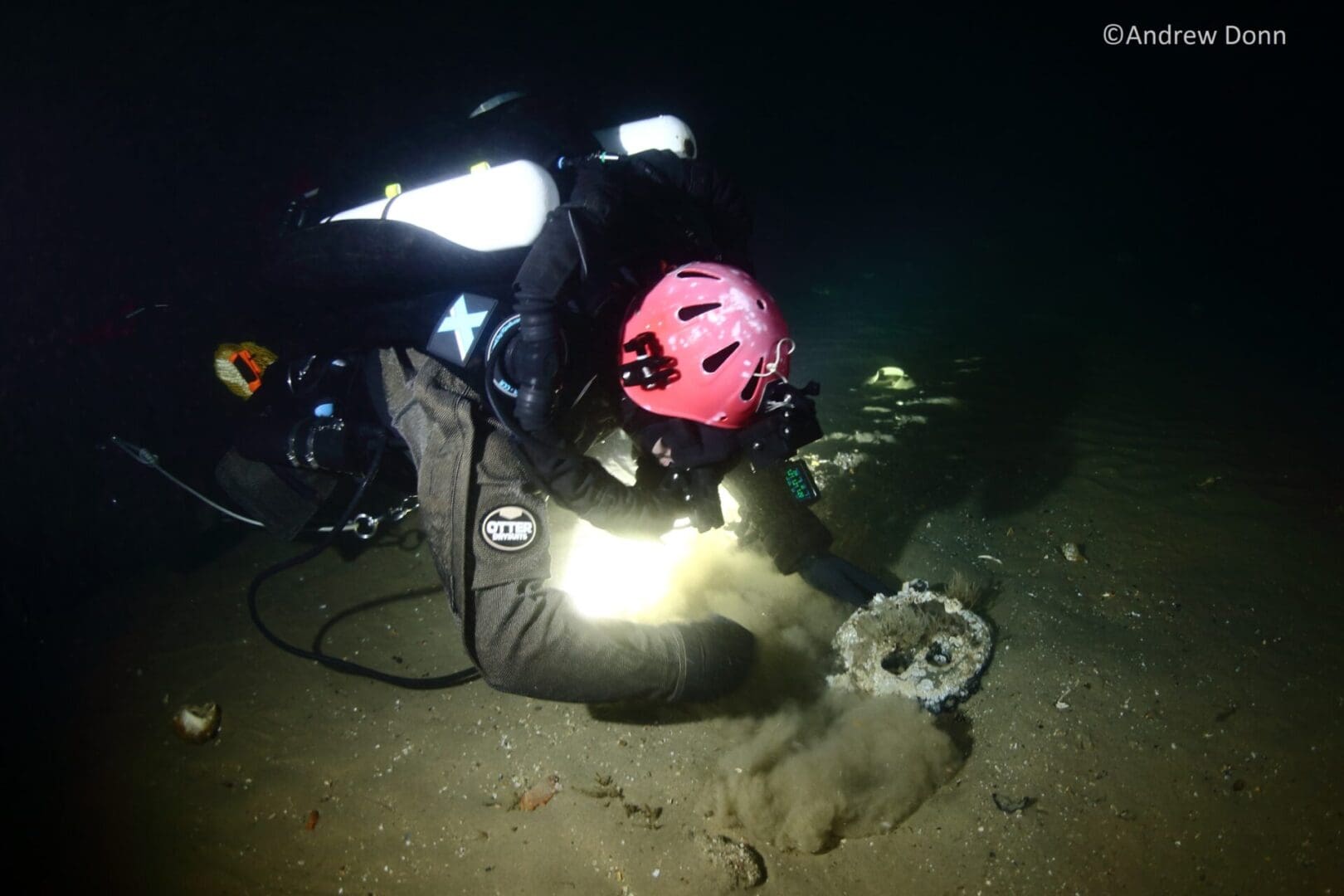
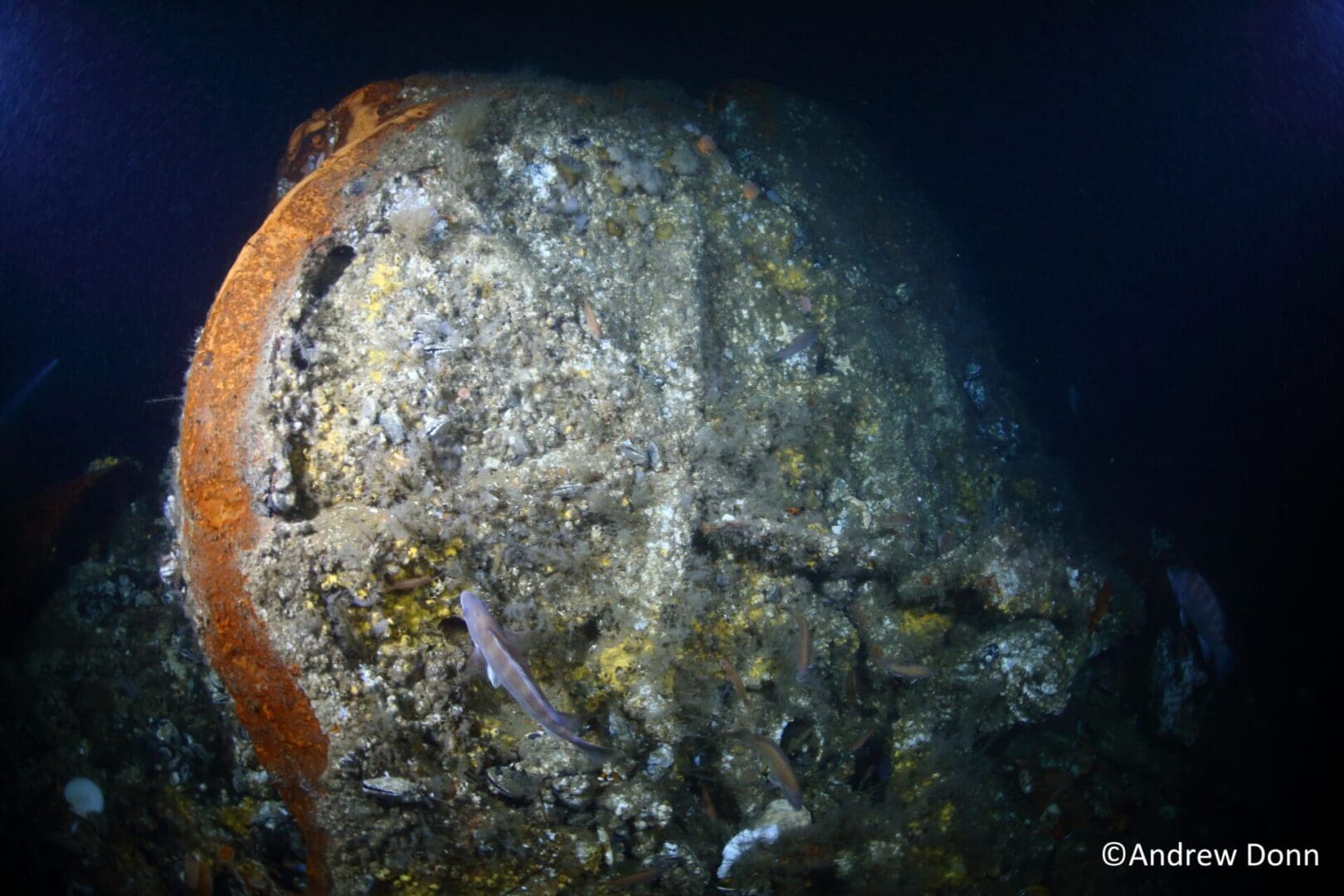
The wreck lies approximately 200 miles from D/V Tenacious’s launch point at New Bedford’s Fleet Marina in an area known as Georges Bank. The team is not revealing Le Lyonnais’s exact location or depth and intends to return to the site to further explore and document it. What is most important to the team about the discovery is the ability to document and to preserve the history of a ship that played such an important role in maritime history. Read, watch, and hear more about the discovery in our Media seciton featuring articles and segment from some of the news outlets around the globe that reported on the story including The Boston Globe, People.com, Radio Boston (NPR), and News10.
Sellitti's book, The Adriatic Affair, contains exclusive historical and expedition photos that will not be shared eleswhere.
LEARN MORE ABOUT THE BOOK AND THE QUEST FOR LE LYONNAIS ON THE FASCINATED BY SHIPWRECKS PODCAST
The Fascinated by Shipwrecks Podcast, hosted by Kathy A. Smith, is dedicated to the People & the Science of Maritime Archaeology
In this episode, host Kathy A. Smith talks with Sellitti about how she went from an attorney-by-day shipwreck layperson to becoming a diver and U.S. Coast Guard captain who has helped lead several Atlantic Wreck Salvage’s shipwreck investigations; among them, trips to Britannic, and Andrea Doria.
“Of the people on the ship, 114 died and only 18 survived. Those that did lived through extraordinary conditions in the North Atlantic. Storms. Dehydration. Starvation. Bitter, freezing temperatures until they were eventually rescued by a passing ship.” - Jennifer Sellitti
